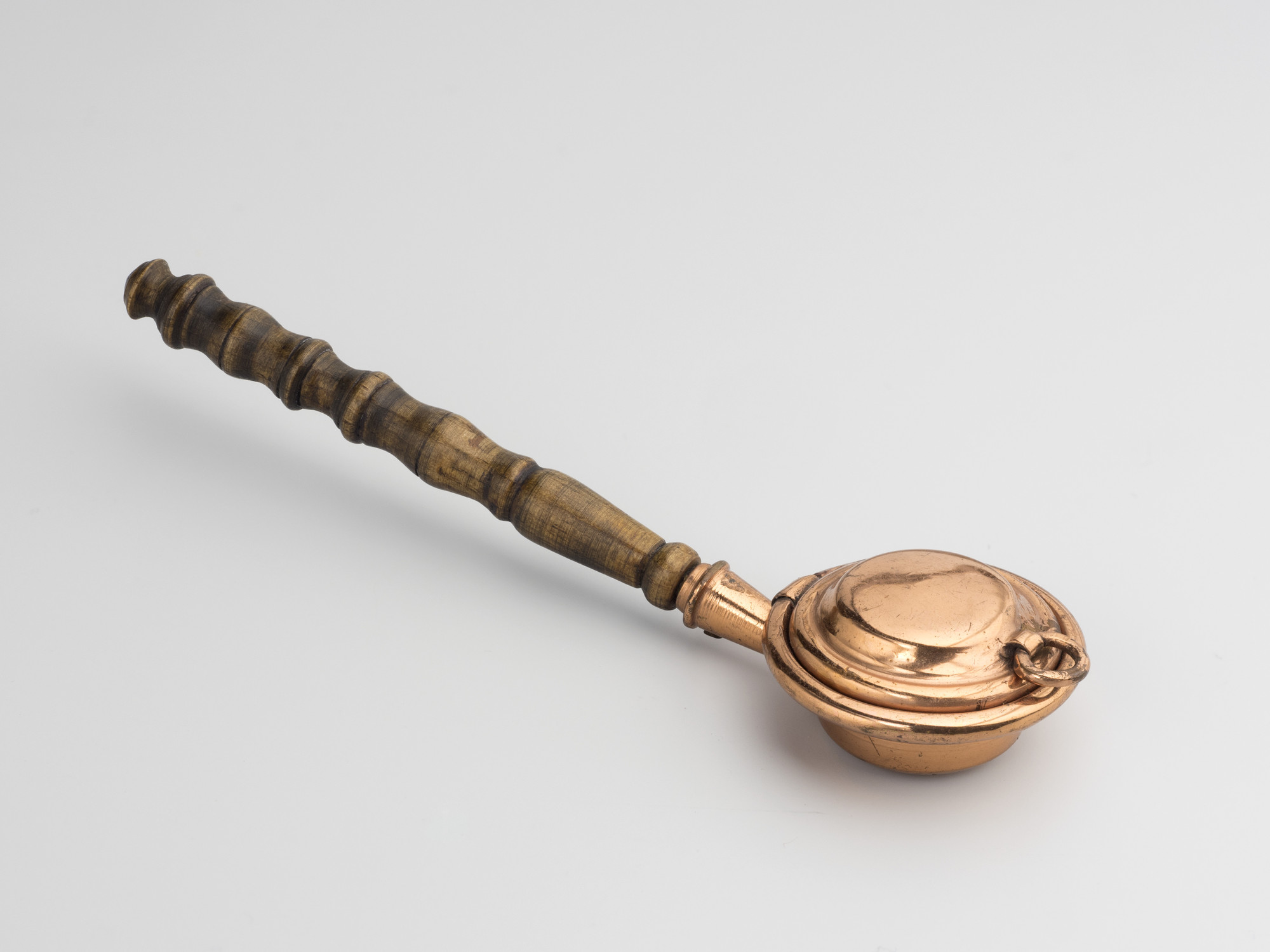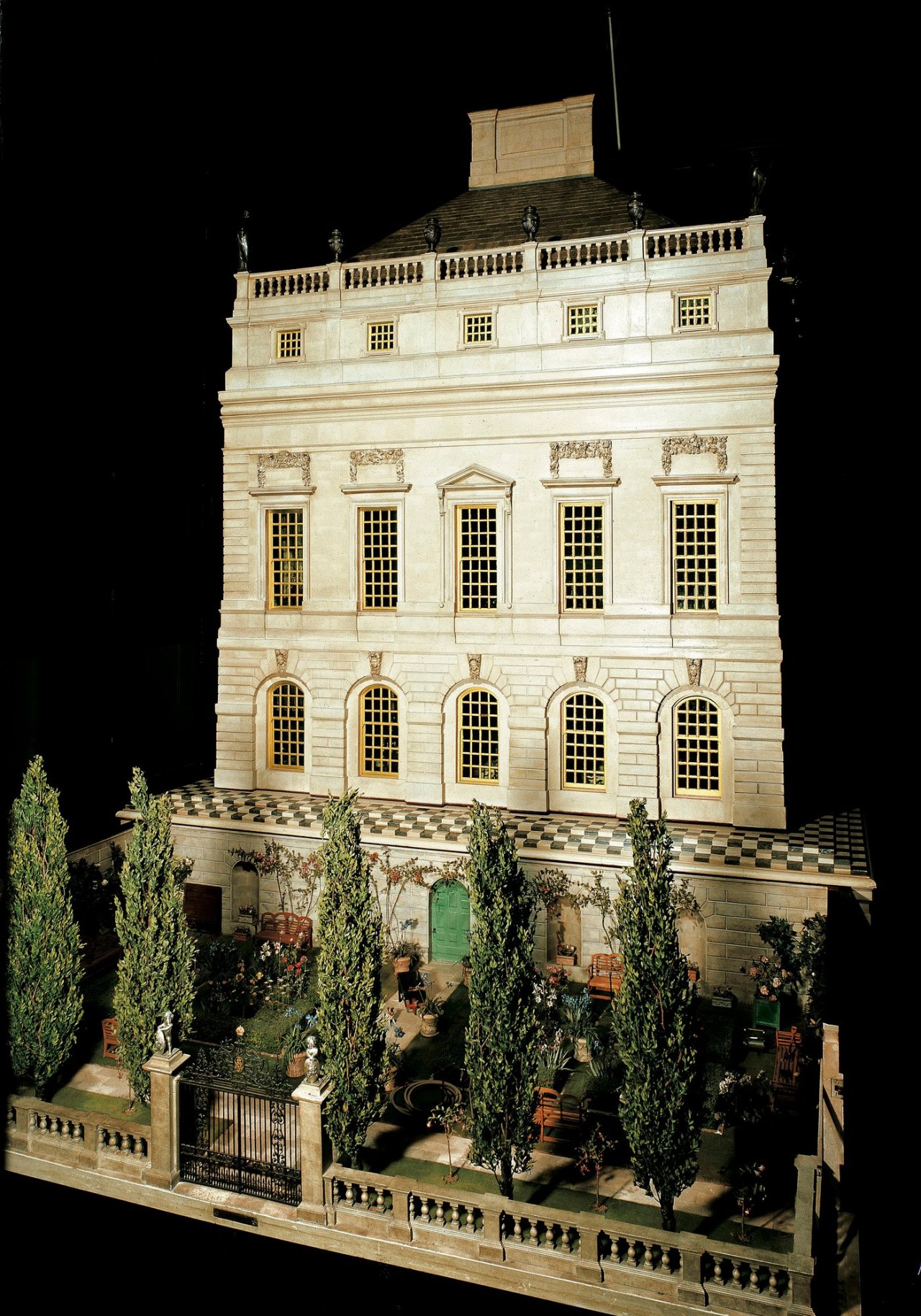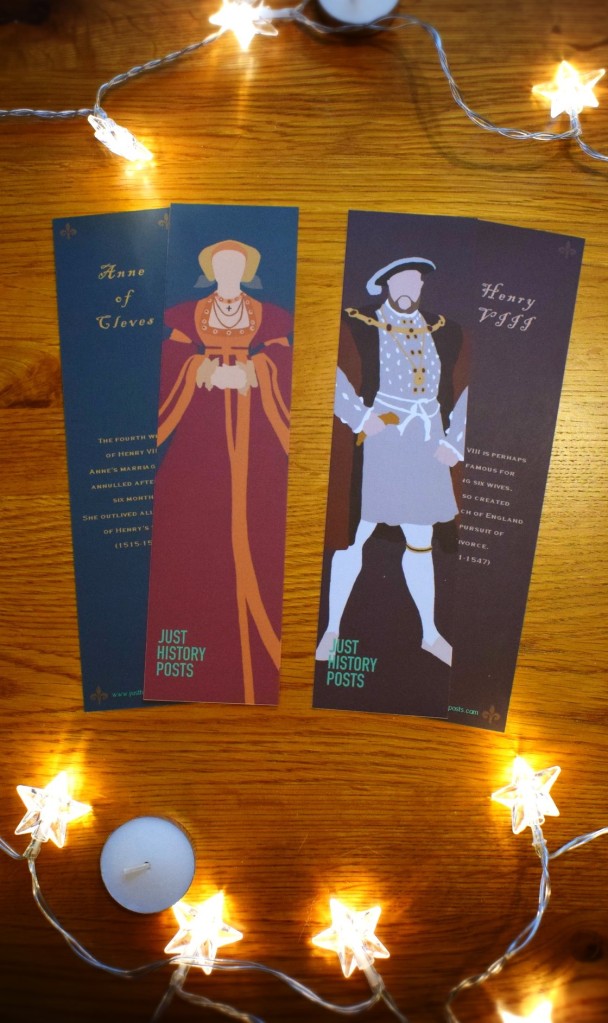Whilst finding posts to publish daily on my social media accounts (Facebook, Twitter), I always come across a myriad of fascinating historical objects that are beautifully crafted and have incredible histories behind them. I’ve wanted for a very long time to write about some of these objects in more detail on my blog, and so I thought the perfect item to start this new series would be one of my favourite historical artefacts, Queen Mary’s Dolls’ House.

Queen Mary’s Dolls’ House is one of the largest in the world, created on a 1:12 scale as a miniature royal palace or town house. It was built between 1921 and 1924 as a present for Queen Mary, wife of King George V of the United Kingdom, at the instigation of her cousin Princess Marie Louise. Marie Louise approached one of the country’s greatest and most famous architects of the time, Sir Edwin Lutyens, who designed many private houses for the wealthy and designed much of New Delhi in India. He also created many monuments to honour the dead after the First World War, perhaps most famously the Cenotaph. Now, however, his expertise was to be used for creating a structure most commonly thought of as a toy.
This dolls’ house, however, was nothing like the toys we would think of today. Over 1,500 artists, craftsmen and manufacturers contributed to the dolls’ house. The house was fitted with electricity, running hot and cold water and working lifts. There were over 1,000 miniature works of art inside, and a library with 600 miniature books – 176 of them handwritten by many of the most famous and significant authors, poets, and journalists of the day.


The Queen’s bedroom and the library. The scale of the house can be seen by the person taking a book from the shelf. RCT and British Library.
The idea of the dolls’ house was that it would be a scale model of the society of the 1920s, a time capsule for future generations to see how people of the time were living and desired to live. As explained by A C Benson in 1924: “It is built to outlast us all. To carry on into the future and different world this pattern of our own. It is a serious attempt to express our age and to show forth in dwarf proportions the limbs of our present world.”
To create the dollhouse was no easy task. To approach so many people for contributions, to afford to build it, and to piece it all together was a huge ask. Lutyens and the princess created a committee to oversee the creation of the dollhouse and to ensure every piece was of the highest quality. Lutyens held “Dolleluiah Dinners” at the Savoy to encourage people to donate time, money, and items to the project, which turned out to be a huge success. A deadline for completion was set at 1924, so that the finished product could be displayed at the Empire Exhibition to showcase the brilliance of British craftsmanship.


A warming pan and miniature chest of drawers from the dolls’ house.
The attention to detail in the dolls’ house was flawless. The King and Queen’s bedrooms can be found on the second floor, beautifully decorated and with tiny hot water bottles placed underneath the sheets. Queen Mary later added some of her own miniatures she had already collected over the years, such as a 1790 miniature chest of drawers engraved with the Hanoverian coat of arms and filled with tiny tea pots, cups and saucers. Every bed in the dollhouse had its own tiny copper warming pan. The house came with a fully stocked cellar and pantry filled with branded items of the day. Agnes Jekyll, sister of famous garden designer Gertrude Jekyll (who designed the garden of the dolls’ house) was in charge of stocking the kitchen, and decided to include only firms who were already supplying the Royal Household. The Wine Cellar was filled with over 1,200 bottles of champagne, wine, spirits and beer, with the miniature bottles actually containing the alcohol. Other food and drink were to be found inside, with jars of conserves, packets of tea, boxes of biscuits, chocolate, and mustard.


A vacuum cleaner and the carefully designed garden.
The servants needed to run a house such as this were not forgotten, with staff rooms on mezzanine floors accessed by a service lift. Each bedroom had a chamber pot, and everyday items like toothpaste were also found inside. Elsewhere were appliances that servants would need to use, like sewing machines, vacuum cleaners, mops, and knife cleaners. The other members of the Royal Family were not forgotten, with the top floor of the house dedicated to the children and family life. A nursery filled with toys and decorated with murals of fairy tales showed how the royal children would have grown up. Items showing the hobbies of the royal family were also included, such as unfinished pieces of needlework and sets of partially-used paints.

Enjoying this blog post? Buy me a hot chocolate!
Consider donating the cost of a hot chocolate to me, so I can continue to write and run Just History Posts.
£3.50
The outside pursuits of a household were not forgotten. As mentioned, Gertrude Jekyll was brought in to design the garden on the east side of the house. She carefully created each flower and tree exactly to scale and botanically correct based on her studies at Kew Gardens. No expense was spared, with every single leaf on every single tree shaped by hand. The house also demonstrates the rise of motor vehicles at this time, with the west side of the house holding a five-bay garage filled with Daimler, Lanchester, Rolls-Royce, Sunbeam and Vauxhall cars, bikes, and motorcycles. Both the garden and the garage were tucked inside drawers in the plinth which holds the house, which could be opened up to reveal their secrets.


A paint set that looks like it has been used, and one of the books in the library: ‘J. Smith‘ by C Kenneth Bird.
Royal households were, and still are, defined by their beauty, elegance, and works of art, and this dolls’ house had to reflect that. Princess Marie Louise contacted 171 renowned authors of the day to contribute copies of their book, and only George Bernard Shaw chose to decline the offer. The library thus contains treasures such an autobiography by J M Barrie (author of Peter Pan), a copy of the poem Vespers by A A Milne, the first piece the Winnie-the-Pooh author wrote about Christopher Robin, and a specially-written Sherlock Holmes story by Sir Arthur Conan Doyle. There were also hundreds of other books added reflecting those you would find in any respectable household of the time, such as works of Shakespeare and the Bible. To compliment the sumptuous decoration of the house were 750 pieces of art contributed by many of the greatest artists of the time. The pieces of art were intended to cover all different subjects and styles, and not all were intended to sit on the walls, with the idea that some would be stored in cabinets in the library and basement as they would be in a real house.

The finished dolls’ house was a piece of magnificence. It was placed on display at the British Empire Exhibition as planned, and over 1.6 million people came to see it. After the exhibition it was taken to Windsor Castle where it has remained ever since. Queen Mary’s Dolls’ House remains a huge tourist attraction today and it is easy to see why. Queen Mary adored the gift, describing it as “the most perfect present that anyone could receive”. It remains a stunning work of art and an object that is probably unrivalled in the world for the sheer contributions of so many famous artists, craftsmen, authors, designers and manufacturers who were involved. As A C Benson correctly predicted, it is a great expression of elite society in 1920s Britain.
Previous Blog Post: Historical Figures: Samuel Pepys, Renowned Diarist
You may like: Fashion as Liberation: Edwardian Women’s Hatpins
List of Blog Posts: here Blog Homepage: here
Buy my books via the pictures below! Or why not check out our shop?

Follow us:
Read more:
https://www.rct.uk/collection/themes/Trails/queen-marys-dolls-house
https://www.rct.uk/collection/231999/queen-marys-dolls-house
https://www.bl.uk/collection-items/queen-marys-dolls-house
http://news.bbc.co.uk/local/berkshire/hi/people_and_places/arts_and_culture/newsid_9102000/9102196.stm
For a video tour of the dolls’ house: https://www.youtube.com/watch?v=y7YjePpdXVQ&t=13s






Great article! Queen Mary’s Dolls’ House and all its accessories are exquisite! I love the team effort and how noted authors and artists contributed mini-versions of their work.
LikeLiked by 1 person
Thank you! I think it’s a fabulous item, and so lovingly crafted.
LikeLike